
Homo Faber NextGen - 2022 - Summer School
The third year of the Summer School Programme culminated in a two-week course centred on the creation of Zellige tiles in Tetouan, Morocco.
The third year of the Michelangelo Foundation’s Summer School Programme marked the beginning of a more global outlook for the educational initiative. A course was staged for the first time outside of Europe in Morocco and students were invited from across the globe to participate in the seven summer schools. The courses equipped students with specialised craftsmanship techniques linked to a specific region or country and with new contemporary design skills. One course branched out to include gastronomy, as students explored its links to craftsmanship.
At the Domaine de Boisbuchet in France, 12 students had the rare chance to learn about Japanese carpentry skills with master carpenter Takami Kawai, and Japanese design with Wataru Kumano. They used their newly acquired skills and knowledge to handcraft a tree bench for the grounds. The collective design project left a lasting legacy, providing a seating area where resident creatives can come together in conversation, surrounded by nature.
“Japanese carpentry is about team work, individual technique is important but you have to be in a team and trust your team mates.” Wataru Kumano, Japanese Designer
At the University of Évora, Portugal, students used digital fabrication and ancestral plant-based weaving techniques taught by Domingos Vaz and Fernando Nelas Pereira to create a permanent retractable shading device. The engineering and technology company Dosta Tec provided their insights to ensure the design was environmentally sustainable, whilst architects Fatima Durkee and Astrid Suzano shared their architectural expertise.
In Latvia, at Ligatne, each student made a chair using birch weaving, blacksmithing and greenwood carving guided by Latvian craftspeople Rihards Vidzickis, Vizma Zvirbule, Sören Uhlmann, and Janis Straupe; as well as by international designers Paul Heijnen, Maria Bruun, Lucas Maassen and Dmitri Bähler.
In St Pölten, Austria, 12 students worked with local stone company Breitweiser, stone artist Judith Wagner and designer Daniel Zeisner to explore innovative ways of combining traditional stonemasonry techniques with cutting edge technology to create functional objects and artworks. From striking lamps to plant pots, humorous artworks to an eye-catching table, the participating students demonstrated their new skills with one-of-a-kind creations.
In Castilla-La Mancha, Spain, 17 students created ceramic pieces inspired by Talavera artisanal traditions and local gastronomy, for Michelin-starred restaurant, El Raíces. Students were mentored by ceramic master Gustavo del Pino, design tutor Laura Nava, gastronomy expert Fernando Rafael and Michelin-starred chef Carlos Maldonado.
In Cremona, Italy, 12 international students gathered from as far away as Japan, to study the restoration of antique musical instruments under five master and experts. The week long course gave the participating students a chance to learn about cleaning and restoring ancient string instruments using modern technology and traditional craft techniques.
For more information, please visit michelangelofoundation.org
Notes for editors
michelangelofoundation.org
@homofaber
The Michelangelo Foundation for Creativity and Craftsmanship is a non-profit institution based in Geneva which champions contemporary craftspeople worldwide with the aim of promoting a more human, inclusive and sustainable future. The foundation seeks to highlight the connections between craft and the wider arts and the design world. Its mission is to both celebrate and preserve craftsmanship and its diversity of makers, materials and techniques, by increasing craft’s everyday recognition and its viability as a professional path for the next generations. From engaging educational programmes such as the Summer School to its signature digital project the Homo Faber Guide and international exhibition the Homo Faber Event, the foundation is fostering a cultural movement centred on master artisans and rising stars.
Contemporanea de Artes y Oficios (CAO) is an association that promotes both traditional and contemporary Spanish crafts. They seek to protect Spanish craftsmanship, and use it to foster the development of culture, history and art and boost its economic benefits on the environment and tourism industry. Their main targets are to ensure an environment in which Spanish craftspeople can thrive and to aid them in having further commercial reach in Spain and internationally. The CAO collaborates with similar institutions to ideate best practices; they assist with the development of commercial platforms for craftspeople; they organise seminars, forums and talks. Beyond this, they use media for widespread visibility for arts and crafts; they launch programmes that promote crafts and engage in research projects. Their collective expertise enables them to provide consulting services to artisans and ateliers. forodeartesyoficios.com
Castilla–La Mancha is an autonomous community of Spain comprising the provinces of Albacete, Ciudad Real, Cuenca, Guadalajara and Toledo, it was created in 1982. The government headquarters are in Toledo. Artesanía de Castilla-La Mancha has launched various initiatives with the aim of highlighting how essential it is today to generate synergies between the world of design and craftsmanship, to achieve artisan mastery as a technique for recovering tradition, a reflection of the culture, the people, the geography and the soul of Castilla-La Mancha, and thus projecting it exponentially beyond our region. castillalamancha.es
The Domaine de Boisbuchet is an international centre for research and education on sustainably innovative design and architecture. Founded in 1986 by Alexander von Vegesack, it is located in the Southwest of France on 150 hectares of protected nature, namely forest, pasture, a river, a small lake, and an unpolluted fauna and flora. Boisbuchet's core activity are workshops for professionals and students in all kinds of applied arts – from craft to industrial design and engineering, from photography to scenography and curating, and from food to fashion and architecture. Internationally renowned pioneers in their fields direct these workshops offering practical experiences in all aspects of the creative process. Likewise, creative residencies can be realized in Boisbuchet. Boisbuchet is run by a team of cultural entrepreneurs, architects, and designers and gathers participants, visitors, and partners from all over the world. boisbuchet.org
Passa Ao Futuro founded in 2016 by Astrid Suzano and Fatima Durkee, is a cultural initiative non-profit association that seeks out craftspeople in Portugal working with traditional techniques. It strives to support these communities and people through the documentation and preservation of their tacit knowledge, the development of case specific social, environmental and economic sustainability programmes, with a focus on the celebration and passing on of skills. The association activates this network through several initiatives including residencies, summer schools, exhibitions, social innovation and sustainability training. It supports the crafts as a catalyst for a regenerative future. passaaofuturo.com
Founded in 2016 in Riga (Latvia), MAD Design Summer School offers an alternative approach to design and art education. At MAD’s base lies a unique creative environment, shaped by bringing designers, artists, craftspeople and scientists together under one roof. It encourages creative development with this setting, by promoting dialogue, discovery and self-assessment. Its programme combines both new and traditional methods - fusing design, art, technology, science and craftsmanship – to allow true creative thinking to take place. By working with raw materials, young creatives are simultaneously guided towards a more sustainable manufacturing mindset. They are aided by talented local craftspeople in a programme to pass on savoir-faire. By preserving and passing on their knowledge, they aim to inspire tomorrow's designers in their journeys to create innovative and meaningful products. designsummerschool.com/
The New Design University St. Pölten (NDU) was founded by the Lower Austrian Chamber of Commerce and its Business Development Institute in 2004. As an international destination for quality education in the fields of design, technology and business, the NDU trains creative thinkers who advance social change and explore tomorrow’s work and design practice today. The New Design University is a young, future-oriented private university. Its distinguishing feature is the high degree of personal tuition; also, the university attaches much importance to combining theory with creative practice. The university is committed to offering the best possible career advantages to its approximately 600 students. The NDU is fond of blazing its own trail and is always on the lookout for creative thinkers willing to take untrodden paths. ndu.ac.at/en
The Institut National des Beaux-Arts de Tétouan (INBA) in Morocco is an institution of higher education in the field of art, under the authority of the Ministry of Culture. It trains creative young people in the various fields of visual arts. Its vocation is to stimulate the development of new talents and train creative personalities (artists, designers, comic book authors, animated films, etc.) who can follow singular paths within a wide spectrum of disciplines in the world of visual arts (modern and contemporary). A multidisciplinary team of research professors, artists, architects and experienced professionals ensure the theoretical, artistic and technical training and structure for the students. inbart.org
The University of Pavia is the most ancient athenaeum of Lombardy and one of the most oldest of Europe, being established in 1361. Today, it counts more than 25.000 students for the 17 departments of its branches, one in Pavia and the other one in Cremona, and takes part in international projects in networks with the most prestigious colleges of the world and promotes interdisciplinary research. The current Department of Musicology and Cultural Heritage is based in Cremona and it offers bachelor’s and master’s degrees in Musicology, Science of literary text and cultural heritage, as well as a PhD programme. The International School of Violin Making is partnered with the University of Pavia’s musicology department. web-en.unipv.it
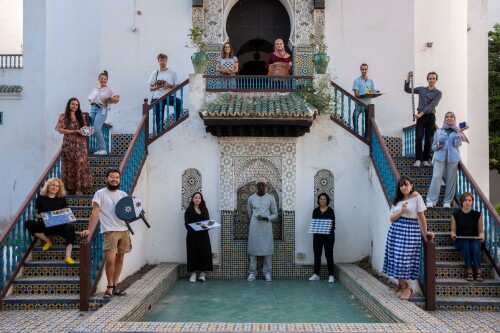
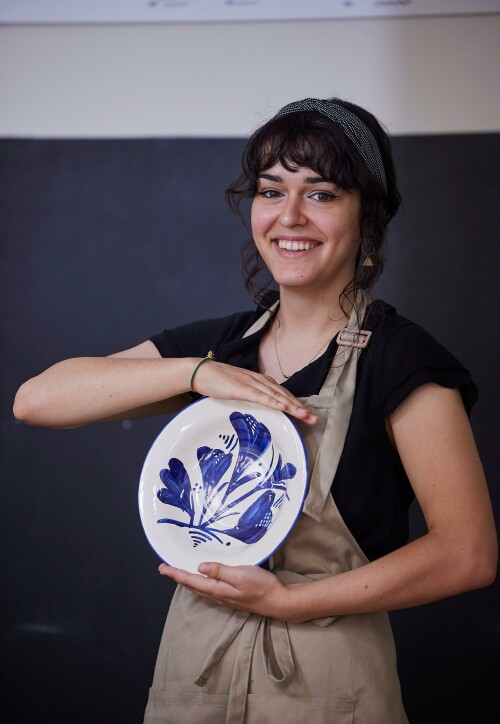
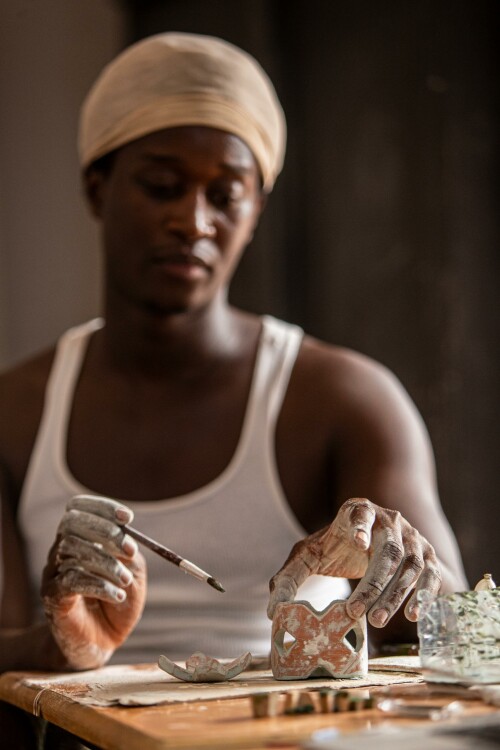
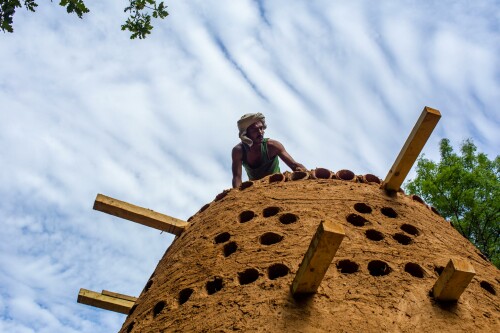
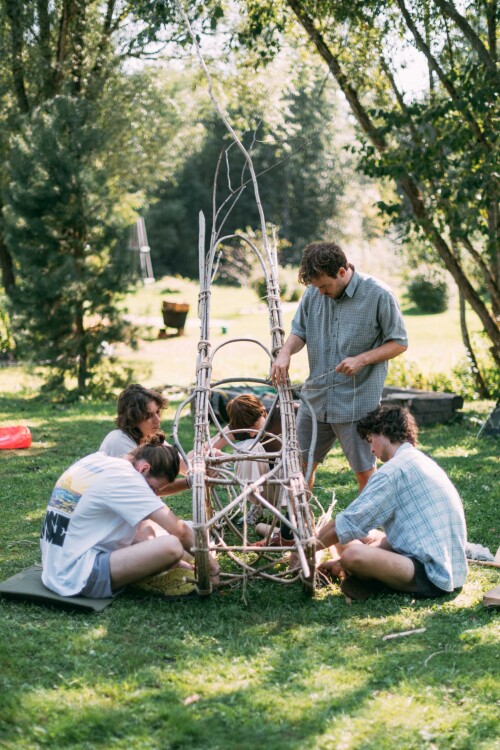
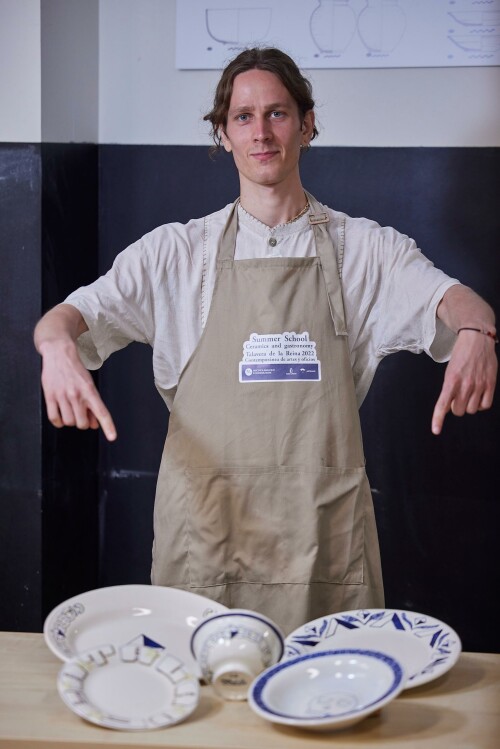
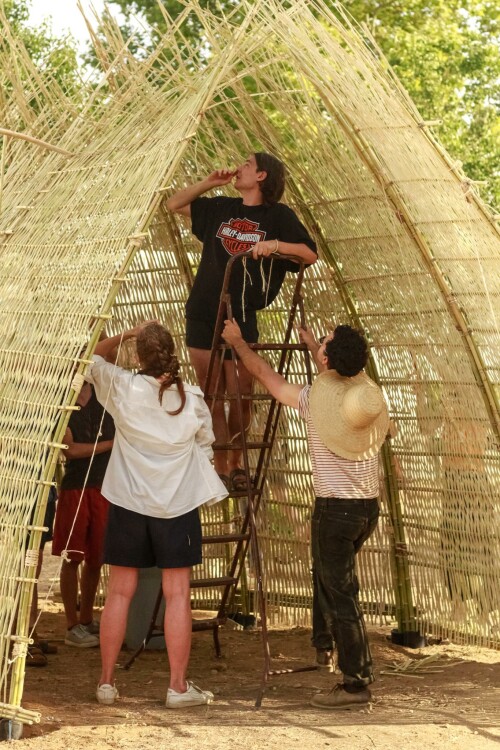
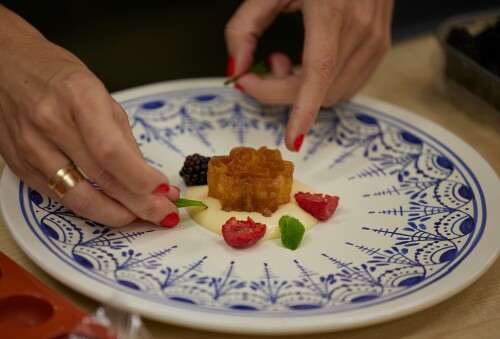
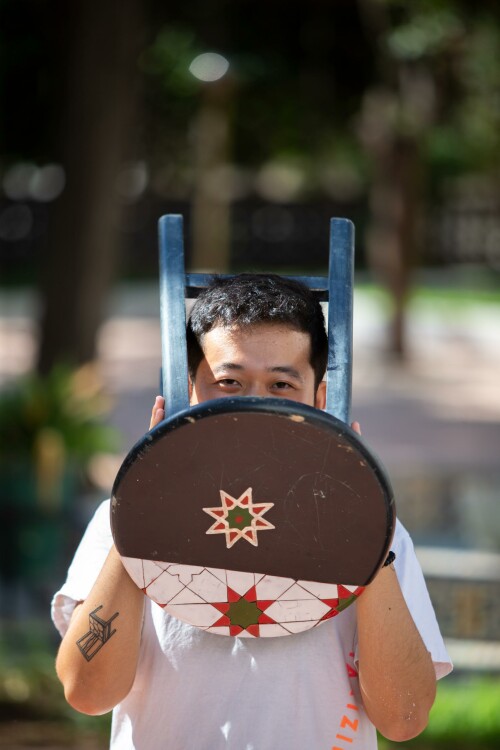
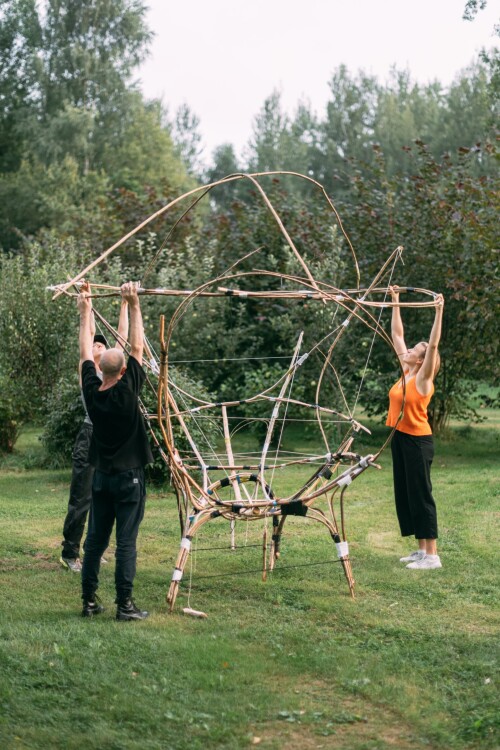
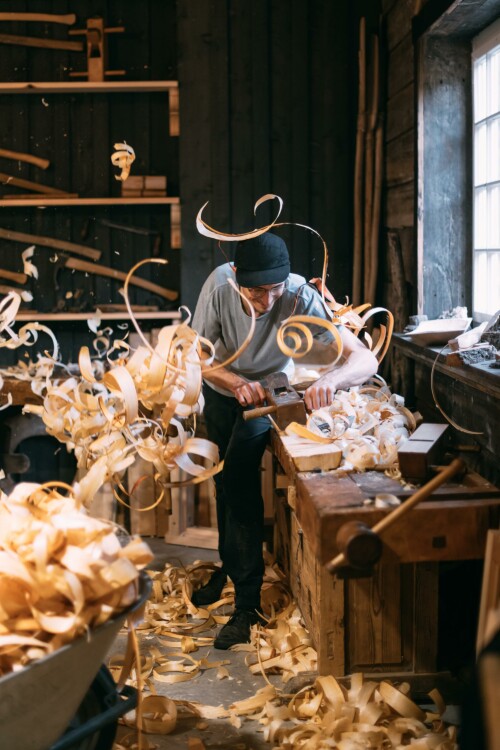
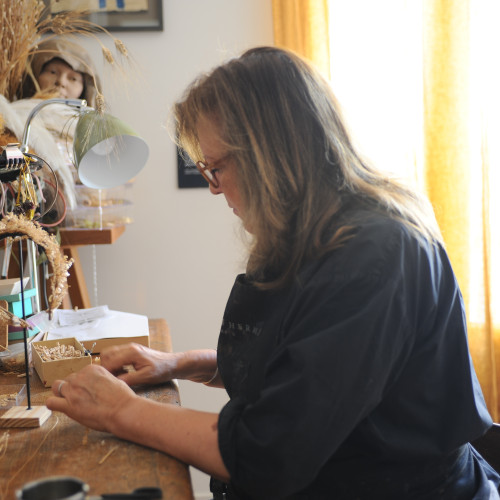
Homo Faber Biennial - 2024 - Artisan Portrait
May 2024
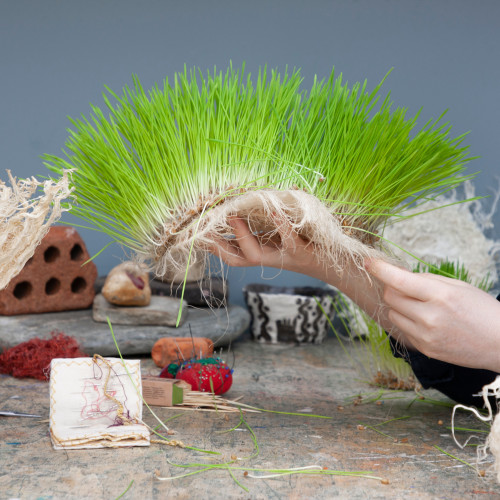
Homo Faber Biennial - 2024 - Artisan Portrait
May 2024
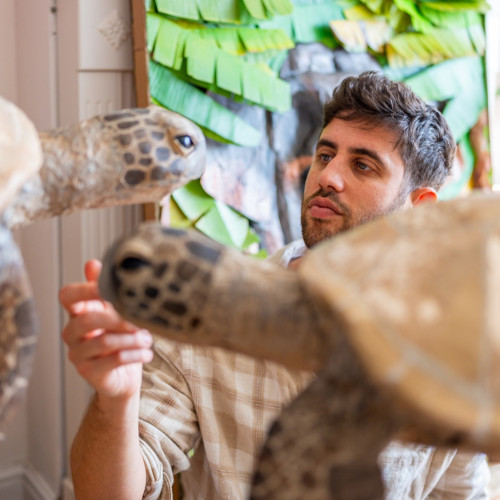
Homo Faber Biennial - 2024 - Artisan Portrait
May 2024